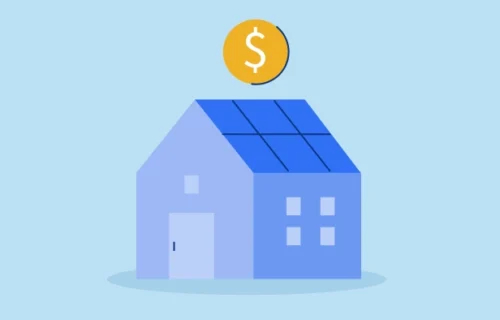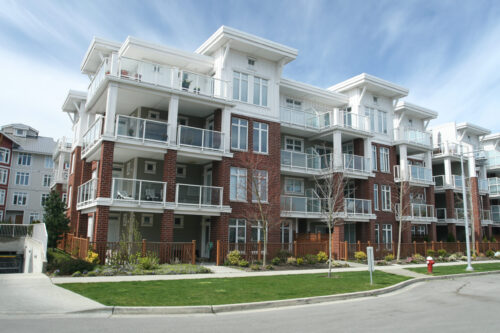
Connect with a Lima One expert today!
If you’d like to know more about this topic or see how it applies to your project, let’s talk.
Multi Family Investment Trends
Five Multi Family Investment Trends to watch in 2020
Multi-family real estate investors have no shortage of places to look for predictions for 2020. It seems that everyone is giving their best prognoses. We at Lima One Capital decided to make your search a little more easy by going through dozens of these stories and rounding up some of the top trends to look for. More importantly, we’ll consider how you can capitalize on these trends regarding multifamily opportunities..
- High Net Worth Investors will be targeting some big markets in 2020, according to NREIonline. For 2020, the multifamily sector should remain a rich environment for these investors, and they are expected to place emphasis on several key markets including Las Vegas, Phoenix, Sacramento, Boston, Charlotte, Raleigh, Austin and Nashville as strong leaders in year-over-year rent growth. So if you’re going to play in the big markets, you’re probably going to have play at high stakes.
- The Suburbs are the place to be, according to CBRE. “Buying or building in the suburbs will remain the best bet based on market performance and investment returns. Suburban multifamily will outperform urban, maintaining lower vacancy and achieving higher rent growth,” according to their article. While CBRE highlights Austin, Atlanta, Phoenix and Boston as the top four markets for growth, the massive real estate agency also advises to look at smaller markets (less than 2 million populations) such as Albuquerque, Birmingham, Colorado Springs, Greensboro, Memphis, Dayton and Tucson. This matches what Lima One’s investors have experienced—that finding opportunities in secondary and tertiary markets can pay off big.
- Affordable housing challenges aren’t going away. While wage growth has ticked up, it’s not enough to cover the rise in rent in most markets. Right now, a full-time minimum-wage worker can’t afford to rent a modest two-bedroom apartment anywhere in the country, according to a recent story in MultiFamilyExecutive. Our tip is that multifamily is a great option for workforce housing and to look for units centered around addressing the need for greater supply versus counterproductive rent control schemes.
- Fears of a market correction are looming. The Rental Housing Journal addressed those concerns with this statement: “It is very difficult to say when the next recession will be, but it has been a big buzzword lately among the media and investors. Recent interest rate cuts might have stopped a recession, or a slowdown due to fear, from hitting in 2020. This has been the longest bull market in U.S. history.” Their piece also gives some solid advice that we agree on look for “deals with a lower Loan to Value Ratio (LTV) to hedge against a correction, and also having strong value-play built into the business plan. With a looming market correction, it’s important to not overleverage, and to have plenty of cash on hand if one does hit.” Investors need to reexamine their aggressiveness and make sure that they are ready if a downtown comes.
- Hipsturbia. (How can you not love that word?) Forbes predicts this outgrowth of the live-work-play districts that spurred 24-hour or even 18-hour downtowns in the 1990s will be moving more to the suburbs of major metros. Now, this sounds a lot like the new urbanism movement of a decade ago making a comeback with a cooler name, but there is something to be said for ready-made areas that attract young workers, who are the same people who are the bulk of the national renting population.
Conclusion
As always, we advise you to study your own markets for the trends that affect your investments, because many are hyperlocal. But the macrotrends that you’ll find in the articles we’ve linked here provide a great overview of what experts expect in 2020, so that you can prepare your portfolio.
Subscribe for More Insights
Get the latest industry news & Lima One updates.








